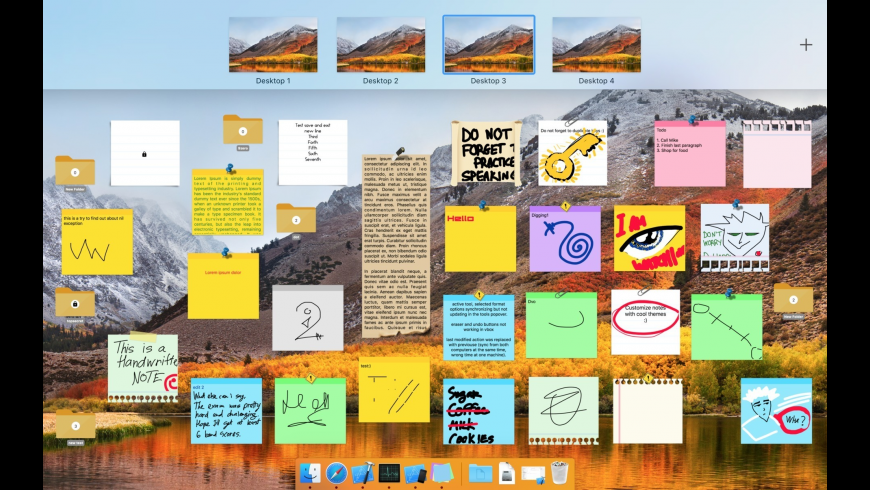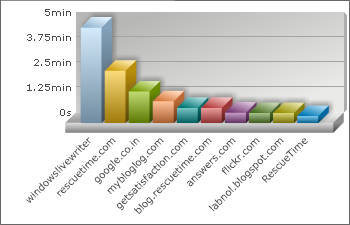When comparing Timing for Mac vs RescueTime, the Slant community recommends RescueTime for most people. In the question 'What are the best time tracking apps for Mac?' RescueTime is ranked 1st while Timing for Mac is ranked 2nd.
- Download the latest version of RescueTime for Mac - Find your ideal work‑life balance. Read 1 user reviews of RescueTime on MacUpdate.
- If you could see at a glance where the majority of your time is being spent on your Mac, you'd probably be able to identify areas where you can save time and increase productivity. RescueTime is a Web-based.
The RescueTime for iOS app has been temporarily removed from the App Store. Despite ongoing discussions and appeals to Apple, we haven’t seen any movement from their position.
This is obviously incredibly disappointing for us and all our users.
RescueTime has been a thought leader and a product leader in the digital wellness space for a decade. We pride ourselves in being a big part of the exploration of how people build healthy relationships with technology with our special focus on getting work done.
An iOS app has been one of the most-requested RescueTime features for years. And we’ve been hard at work for more than 2 years figuring out the best way to bring iOS into the RescueTime experience.

We’re upset with the outcome from Apple, yet remaining positive they will change their mind.
That’s why we’re writing this post today—to share our journey to launching the iOS app, explain what happened with Apple, and show why we think it’s so important to do everything in our power to bring the app back to life.

Our team has spent the last 10 years building products that help people have a better relationship with their devices.
A decade ago, we launched the first tool for tracking your digital time and building healthier habits with technology. Coincidentally, RescueTime 1.0 launched at almost the exact same time as the first iPhone.
As we grew RescueTime to millions of users, we always knew how important mobile screen time would be to the experience.
Our phones have become an essential part of our lives. Early on, we were able to develop an Android app (through various mechanisms and now using a built-in permission-driven system) to give users a full understanding of their digital devices.
But we always felt that frustrating gap being unable to support our iOS users.
With the Time Well Spent movement and Apple and Android’s own Digital Wellness tools, we truly felt like the goals we set out so many years ago were finally going mainstream. We felt that the launch of RescueTime for iOS early last month couldn’t have come at a better time.
Until Apple took us down from the app store a few weeks later.
Why Apple took RescueTime for iOS down

Apple cited two reasons for our rejection.
One was quickly resolved as a misunderstanding of how our different products work together.
The other has been the interpretation of an unclear and inconsistently applied provision in their guidelines:
Performance – 2.5.4
Your app is misusing background location for purposes other than location-related features and functionality.
For an app like ours—and a number of other apps in the App Store that have been variously allowed to remain, removed, or removed and allowed back in—the application of this rule has been hard to comprehend.
Location matters to our app. We consider it a valuable aspect in understanding how people spend their time and putting their time in context. So, check the box there.
Critically, using the persistent location API also allows us to use an acknowledged acceptable way to capture when our users have active screen time. This, of course, in a get-things-done digital wellness tool is absolutely critical information as well. It is why we use this method rather than the significant location change methods.
We do not understand or agree that this is “misusing” the method. While we believe a mature device use API would be far preferable, this solution seems to be blessed by Apple in some cases already, because location matters AND screen time matters, they said it themselves.


This conversation is about more than just one app in the app store
We’re not the only digital wellness app to be scrutinized by Apple.
In the past few weeks alone, multiple popular time trackers and distraction blockers have faced similar consequences. Was this done to tools trying to help people with physical activity when HealthKit came out?
Unfortunately, the timing of all this feels rather suspect given the recent launch of Apple’s own Screen Time product. We’re hoping this is just a coincidence. However, we firmly believe we’ll all be worse off if the trend of shutting out competing digital wellness apps continues.
Digital wellness app development has become a vibrant space. And RescueTime has been at the center of it, used as a reference in media and research studies on top of satisfying millions of users already.
There are many smart people who have dedicated their lives to helping users feel more in control of how they use their devices—not just since it became a buzz-worthy topic. Forcing these apps and tools out of the App store does nothing to improve the iOS experience. It sets up a false competition environment and prevents users from getting the most out of their iPhones and iPads.
When it comes to RescueTime specifically, we believe that we’re offering something substantially different and beneficial to every iOS user. As we wrote in our launch announcement, while Screen Time and apps like it show you how you spend some of your time, RescueTime iOS shows the larger context of how your phone time affects all your device time, your work habits, and your focus.
Rescuetime For Macrame
It’s frustrating to feel that along with other digital wellness products, we are being blocked from using data and functionality that could help so many people.
Whether RescueTime is re-admitted to the App store or not, with or without location and screen time capabilities, we believe in the need for a Screen Time or Digital Wellness API from Apple.
In the same spirit that motion and other measurements inform physical health-centered products, managing healthy relations with technology and helping people get the best use of their purchased technology needs to be a first-class aspect of the iOS platform.
What you can do to help get RescueTime for iOS back in the app store
We’re frustrated and disappointed with the situation, but still optimistic.
We’re currently going through the appeals process with Apple and have even submitted a new RescueTime for iOS app without time tracking functionality while we explore other options that Apple will deem acceptable.
If you have suggestions or just want to send a note of support, you can email me at mark@rescuetime.com or tweet us @rescuetime. Share this post to share your voice. Or, sign the Change.org petition asking Apple to allow developers to help iPhone users with mental wellbeing.
Related Posts
Read More From Feature Updates
Rescuetime For Mac Os
Why RescueTime?
Gain Perspective
Spot inefficiencies in your day and become better at managing your time.
Set goals
Create a goal like spending less than 1 hour per day on email to help you stay focused.
Take action
Set an alarm to tell you when you spent more than 2 hours on Facebook.
Detailed Reports
Detailed reports show which applications and websites you spent time on. Additional reports show how much time you spent in different categories, how productive you were, and whether you achieved your goals.
Weekly Email Summary
Stay informed with a weekly email report summarizing your activities and productivity score. Use your report to better plan the new week.
Set Goals for the Day
You can set goals to help keep you on track and improve your productivity. View your progress on your dashboard, in the weekly email report, and in the goals report.
Productivity Score
Activities are automatically grouped into pre-defined categories with built-in productivity scores covering thousands of websites and applications. Of course you can customize categories and productivity scores to meet your needs.
